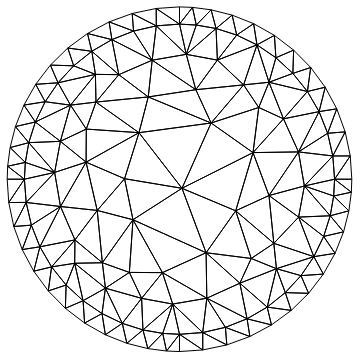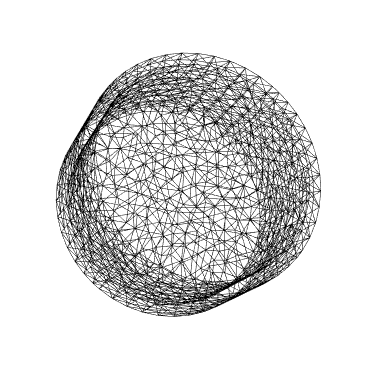Update: I have updated the code a bit to work in other cases as well.
Yes, this is too difficult. Here is a workaround for this case. It's not trivial bitbut it works well for the problem at hand. Basically, we generate a boundary mesh from a 2D mesh that has an interior region:
m = ToElementMesh[Annulus[{0, 0}, {9/10, 1}], "RegionHoles" -> None,
"MeshOrder" -> 1, MaxCellMeasure -> Infinity];
m["Wireframe"]
Next, we extract the coordinates and get the largest incident number.
coords = m["Coordinates"];
c1 = Join[coords, ConstantArray[{0.}, {Length[coords]}], 2];
c2 = Join[coords, ConstantArray[{1.}, {Length[coords]}], 2];
ele = m["MeshElements"];
max = Max[ElementIncidents[ele]]
136
We extract the boundary elements from the mesh and construct the sides:
tohigherIndex[type_[inci_, marker___], max_] :=
type[inci + max, marker]
(* old code: not good *)
(* tmpBM = ToBoundaryMesh[m];
sides = QuadElement[Map[Join[#1, Reverse[#1 + max]] &, #]] & /@
ElementIncidents[
Flatten[MeshElementSplitByMarker[tmpBM["BoundaryElements"]]]];*)
sides = QuadElement[Map[Join[#1, Reverse[#1 + max]] &, #]] & /@
ElementIncidents[
Flatten[MeshElementSplitByMarker[m["BoundaryElements"]]]];
We now construct the boundary mesh:
bm = ToBoundaryMesh["Coordinates" -> Join[c1, c2],
"BoundaryElements" ->
Join[ele, tohigherIndex[#, max] & /@ ele, sides]]
bm["Wireframe"]
And generate the full mesh:
ToElementMesh[bm]["Wireframe"]
Hope this helps.
With the updated version I get this for your second mesh:




